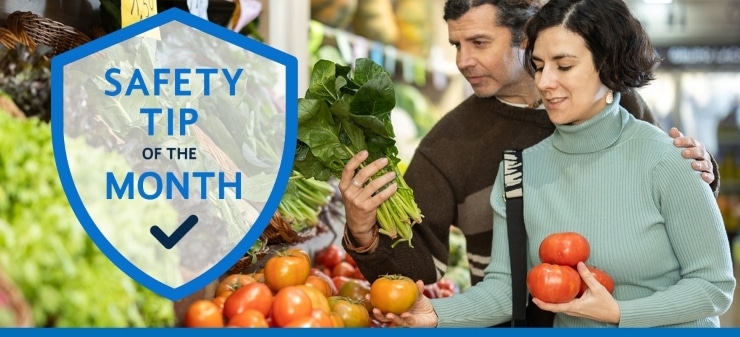The new food traceability requirements go into effect on January 20, 2026 – but many grocers aren’t ready. Although 2026 may seem like the distant future, it will be here quickly. Plus, there’s a lot to do in the meantime to ensure you’ll be compliant.
The New Food Traceability Requirements
According to the FDA, foodborne diseases result in 48 million illnesses, 128,000 hospitalizations, and 3,000 deaths each year. Signed into law in 2011, the FDA Food Safety Modernization Act (FSMA) shifts the focus from response to prevention by giving the FDA increased authority to regulate food production.
Several final rules have been issued under this law, including the FDA final rule on Requirements for Additional Traceability Records for Certain Foods, often referred to as the Food Traceability Final Rule. This is part of the FDA’s New Era of Smarter Food Safety Blueprint and is intended to implement Section 204(d) of the FMSA.
Under the Food Traceability Final Rule, anyone who manufactures, processes, packs, or holds any of the foods listed in the final rule must maintain records that contain key data elements associated with specific critical tracking events.
- Food Traceability List (FTL): This list includes non-hard cheese, shell eggs, nut butters, produce, seafood, and ready-to-eat deli salads.
- Critical Tracking Events: These are the events in the supply chain that the FDA wants to gather information about. They span from harvesting to receiving and transformation.
- Key Data Elements: For each critical tracking event, the FDA requires a set of information, such as the location description, lot code, and product description.
The FDA has provided an electronic sortable spreadsheet template. No one is required to use this spreadsheet, but it may be helpful, especially as organizations adapt to the new requirements. For more information, see the Food Traceability List and the Critical Tracking Events and Key Data Elements.
Preparing for the New Requirements
Considering how much information the FDA will be requiring, a year isn’t a lot of time to prepare. Supply Chain Dive says the rule has led to confusion, and grocery industry trade associations have said it represents the biggest food safety changes in more than a decade.
According to Grocery Dive, grocers must save KDE records for two years and provide them within 24 hours of a request. Grocers must maintain the KDE records as products go through the supply chain and may need to implement a new system to collect lot codes and other KDEs.
The Importance of Food Traceability
Grocers may be dreading the new requirements, but food traceability is important for public health and safety. It may also help grocers manage their foodborne illness liability risks.
NPR says food recalls have been rising. Some of these – such as the one impacting Boar’s Head deli meat – have been high profile. Foodborne illnesses making headlines may shake consumer trust, with the impact on brand reputation possibly outlasting the substantial costs associated with recalls and liability. A Gallup poll found that 53% of Americans have avoided buying certain brands or types of foods in the past year due to recalls or food safety advisories.
Gallup also found that Americans are less confident in the safety of food at grocery stores. In 2019, 31% of Americans said they were very confident that most grocery store food was safe to eat. In 2024, this dropped to 27%. Hopefully, stricter traceability requirements will help restore consumer trust.
Need more information on the food traceability rule? Download this safety tip.


